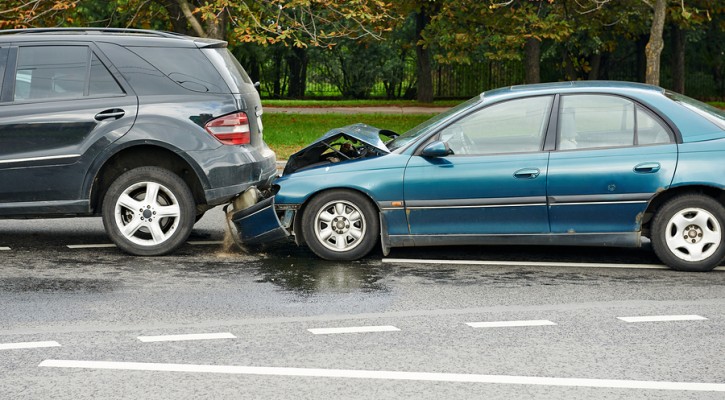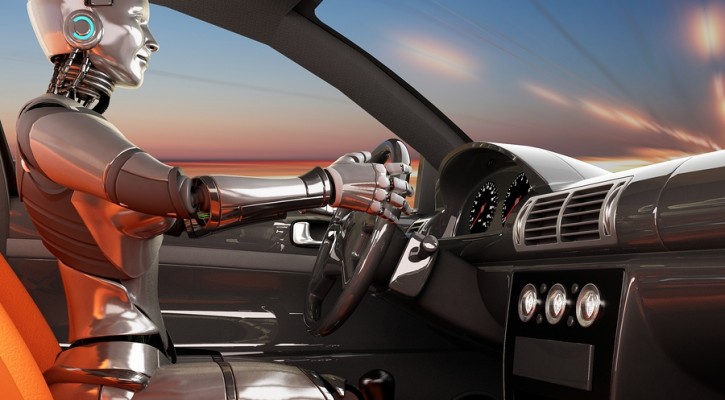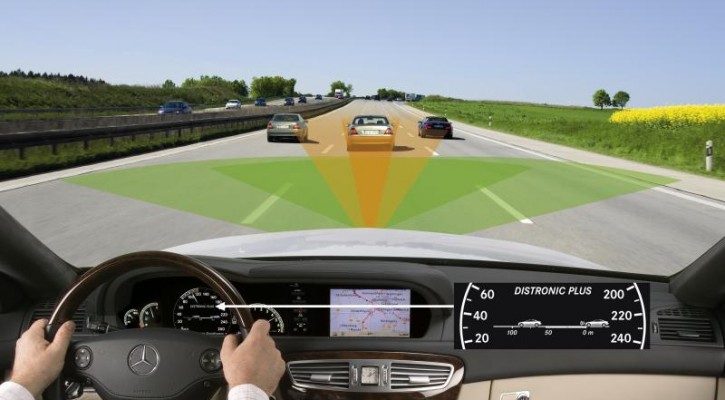Tag Archive: Collision avoidance

Front Crash Prevention Systems Reduce Car Crashes
February 4, 2016
Vehicles equipped with front crash prevention systems are less likely to rear end other vehicles according to the first study of its kind conducted by the Insurance Institute for Highway Safety (IIHS).
While front crash prevention systems, also known as automatic braking or collision avoidance systems have been around for a few years, they’ve primarily been available only as an option on higher end model cars. There hadn’t been enough of them in use to show any trends until recently when IIHS researchers used data from police reported front end crashes to compare the same model vehicles equipped with front crash prevention systems and those without.
According to the data, front crash prevention systems that included automatic braking reduced the number of rear end collisions by about 40 percent. Those vehicles with collision avoidance warning alone reduced the number of crashes by about 23 percent. The number of crashes resulting in injury to vehicle occupants was also greatly reduced.
The study’s authors said that if all vehicles were equipped with automatic braking systems, there would have been 700,000 fewer rear end crashes in the US in 2013. Overall, that number represents approximately 13 percent of all police reported crashes.
Those vehicles with automatic braking reduce the number and severity of crashes by:
- Automatically applying the brakes in time to avoid the crash completely, or
- Slowing the car enough to lessen the degree of damage or injuries.
A survey last year showed that American consumers would rather have collision avoidance systems than wireless technology in their new cars and the National Transportation Safety Board (NTSB) put out a transportation system wish list that included front crash prevention systems as standard rather than optional equipment in new vehicles.
This past October, ten vehicle manufacturers announced that they would soon start including front crash prevention and automatic braking systems as standard equipment on all new vehicles sold in the US. Once that starts to happen, we can expect to see a significant decline in motor vehicle crashes as the newly equipped vehicles hit the road. Until then, we’ll still have to depend on our incredibly slow brains to pay attention to the road ahead and avoid distractions.
Read more: Crashes avoided – Front crash prevention slashes police-reported rear-end crashes

Crash-free Car Plans Announced By Automakers
September 11, 2014
Crash-free or almost crash-free cars may become a reality sooner than we thought. In previous articles, we discussed the shift by automotive engineers from designing cars to protect the occupants in a crash to avoiding the crash altogether through the use of collision-avoidance technology. Recently, two automakers announced plans to build crash-resistant and almost driver-free cars within the next couple of years. It seems that, while the Google car has been getting all the press, engineers from the mainstream auto manufacturers have been developing crash-free technology of their own.
Toyota announced last week that they will include collision-avoidance technology, currently only available in its Lexus luxury line, in the entire US model lineup beginning in 2017. The Lexus line currently has an active “Pre-Collision System.” If the onboard radar and cameras detect an imminent frontal crash, the system will warn the driver, boost brake pressure, and tighten up the seat belts. If the driver fails to heed the warning, the system will apply the brakes to avoid or at least reduce the crash forces of an impact. This differs from “passive” collision-avoidance systems that only warn the driver but otherwise, take no action to avoid the crash.
General Motors has taken it a step further in an announcement that their Cadillac line will contain technology that allows driving without hands on the steering wheel or feet on the pedals. GM’s technology, known as “Super Cruise,” can control the vehicle’s speed, steering, and braking at speeds up to 70 mph. The technology is designed to work both on the open road and in stop-and-go traffic. GM also announced that they will be the first auto manufacturer to equip their vehicles with vehicle-to-vehicle (V2V) technology within two years.
It’s not just a desire to protect the automotive public that’s driving these innovations, there are ulterior motives as well. Some automotive industry analysts feel that GM’s announcement is an effort to restore public trust after the recall scandal that they experienced earlier this year. Another reason for going forward with this type of technology is that the Insurance Institute for Highway Safety (IIHS), announced that, beginning in 2015, in order to get a “Top Safety Pick +” rating, vehicles will have to be equipped with auto-braking systems.
These technological innovations aren’t without their challenges. Last month, cyber-security experts raised the alarm over the ability of hackers to gain control of a vehicle’s computer system and possibly cause a crash. Earlier this week, David Friedman, acting administrator of the National Highway Traffic Safety Administration (NHTSA) announced that he sent a letter to the CEOs of every automaker asking that they come up with an automotive cyber-security plan by the end of the year.
Aside from the life-saving benefits of the crash-free systems, the technology will offer other benefits as well. Truly driverless cars will save time and money for consumers in several ways. Once all vehicles are equipped with V2V and collision avoidance technology, experts feel that, by maintaining a safe following distance and regulating speed, traffic will move much more smoothly and traffic jams could become a thing of the past. By not having to idle in stop-and-go traffic, miles per gallon should increase and braking systems will experience less wear. With crash-free technology, insurance rates should go down significantly, although it raises the question of who will be held to blame if a crash should occur, the driver or the manufacturer’s computer programmer.

Collision-Avoidance Technology Will Fundamentally Change Auto Industry
June 4, 2014
Until now, automotive safety technology has primarily focused on protecting the occupants inside a vehicle in the event of a crash but, with new collision-avoidance technology, the focus is changing to avoid the crash altogether. This technology won’t only affect the vehicle but also the industry that has built up around motor vehicle crashes. Will insurance, lawyers, and body shops no longer be needed? Read more: Who Needs Auto Insurance?
Photo compliments of Daimler.com
